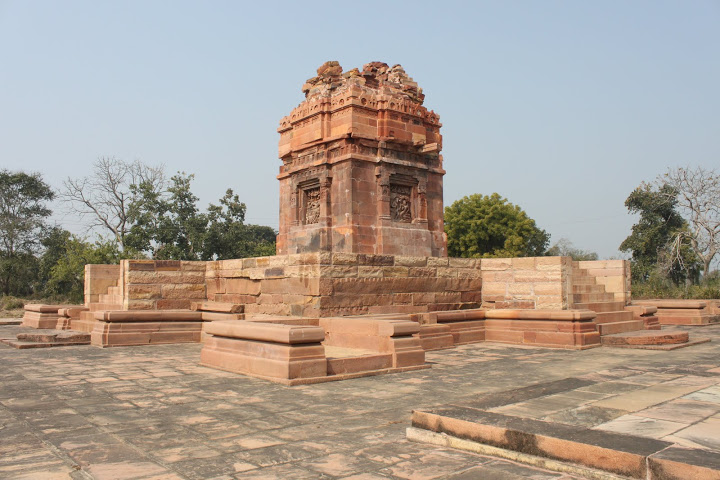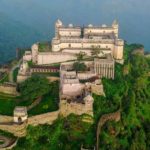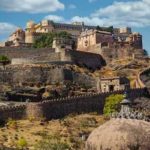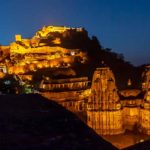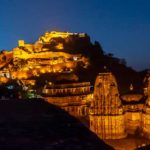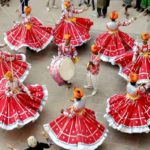Deogarh :-
Deogarh is situated on the boundaries of Marwar, Merwara, and Mewar about 80 miles north-east of Udaipur in the state of Rajasthan. Deogarh is enclosed by Bhil villages whose colourful way of life and celebration of festival is unique. It is located at an altitude of about 2100 feet above sea level and is cooler than other parts of Rajasthan.Deogarh is a well-known school of miniature paintings and some of the most lovely Deogarh miniatures decorate the personal collection of the present Rawat Sahib. This type of frescoes can be seen on the walls of the fort of Deogarh. Deogarh is a convenient place to organize day trips to the famous Ranakpur Jain temples and Kumbhalgarh fort.
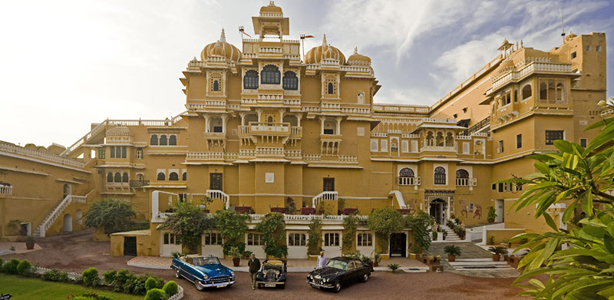
History of Deogarh :-
Deogarh Mahal stands proudly atop a hill in the Aravalli mountain range amid charming landscapes and several lakes. Deogarh Mahal which is the main attraction at Deogarh was founded in the year 1670 AD by Rawal Dwarka Das Ji as a family residence. The palace gradually became an important point of village activities. The family interacted with the villagers and invited a host of banquets and celebrations to take place within the Mahal confines. The Maharana of Udaipur had honored ‘The Rawal’, who was the tribal chief among the sixteen umraos (feudal barons). Fiefdom of such feudal estates in those times was conferred by the ruler to the nobles either due to a blood relation or for some act of bravery. Deogarh Palace was transformed into a heritage hotel by the present owner Rawal-Nahar Singh.
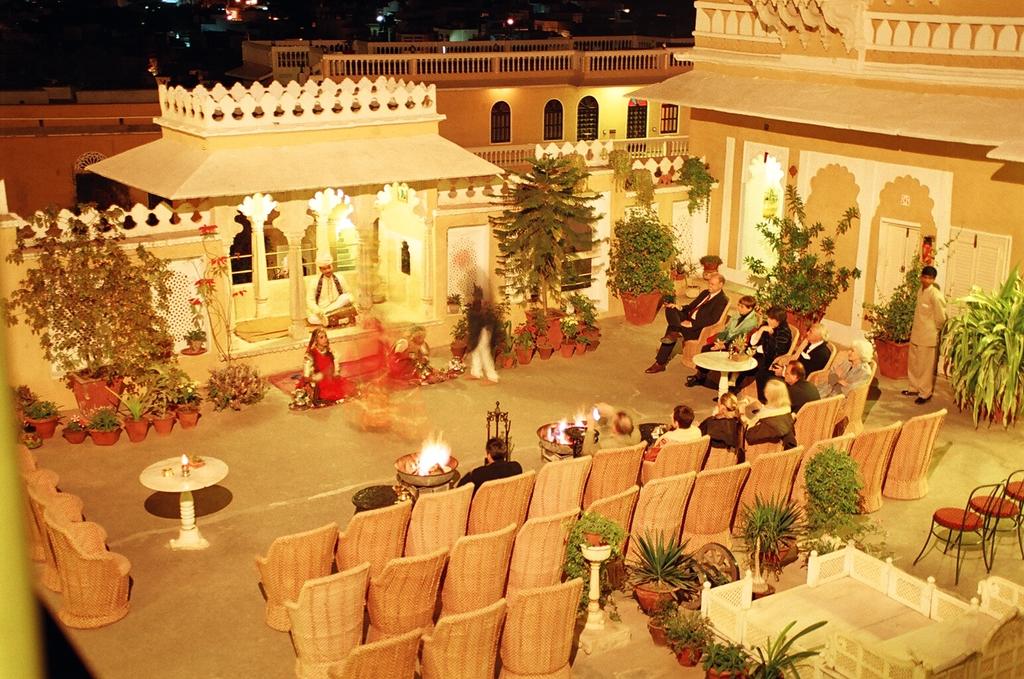
Tourist Attractions in Deogarh :-
Important tourist attraction in Deogarh is the Deogarh Mahal. Deogarh Mahal is a 17th century palace. Deogarh Mahal is located on a hill top and provides an amazing view of the lakes and Aravallis. Deogarh Mahal was converted into a heritage hotel about 3 years ago by the present owner Rawal Nahar Singh. A part of the Mahal is still occupied by his relatives who look after the hotel. Another attraction in Deogarh is the wonderful Dashavatar temple, It is the first north India temple to have a shikhara or spire where only the lower part of the shikhara is present today, It is dedicated to Lord Vishnu and belongs to the Gupta period when it was known as the Panchayatan temple.
